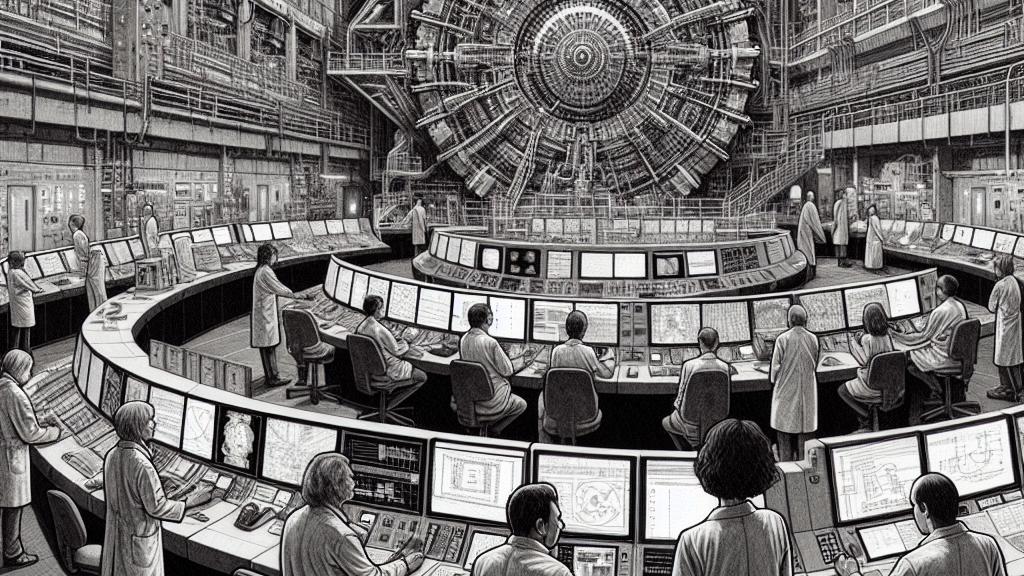Breakthrough in Observing Top Quarks During Heavy-ion Collisions
Overview
- The ATLAS collaboration at CERN has achieved a landmark first observation of top quarks in lead-lead collisions.
- This groundbreaking discovery not only deepens our understanding of quark-gluon plasma but also holds the key to unlocking the mysteries of the universe's inception.
- Top quarks serve as powerful probes, offering valuable insights into the fascinating dynamics of quark-gluon plasma.

Significant Observations at CERN
In an impressive leap for physics, the ATLAS experiment located at CERN in Switzerland has made a groundbreaking discovery: the first observations of top quarks from lead-ion collisions. The collisions occurred at a staggering energy of 5.02 TeV. Why is this significant? It marks a monumental progression in our exploration of heavy-ion collision physics. As scientists probe the nature of quark-gluon plasma (QGP) produced in these interactions, they aren’t just accumulating data—they're reconstructing the early conditions of our universe. Like uncovering the pieces of a cosmic puzzle, this discovery helps illuminate the mysterious forces that govern how atomic nuclei are bound together.
Understanding Quark-Gluon Plasma
During these high-energy lead-ion collisions, quarks and gluons break free from their typical confinement, entering a state known as quark-gluon plasma. Picture it this way: in a moment of chaotic energy, the fundamental components of matter swirl together in a dense, almost perfect fluid, resembling an orchestra playing a complex symphony. What makes the top quark particularly fascinating is its remarkable speed of decay, much like a spark before it extinguishes. This rapid decay allows its products to pass through QGP, effectively serving as crucial markers that unveil essential information about the nature and evolution of this exotic state of matter. By studying how these decay products interact with QGP, physicists can capture a fleeting glimpse into the conditions that dominated shortly after the Big Bang.
New Avenues for Research
Looking ahead, the excitement in the scientific community is palpable. The ATLAS collaboration's findings set the stage for future investigations, particularly regarding the 'semi-leptonic' decay channel of top quark pairs. Researchers are eager to delve deeper, potentially revealing even more secrets about the temporal evolution of QGP. Additionally, the analytical capabilities showcased by ATLAS—especially their ability to capture decay processes without solely relying on the originating jet of the bottom quark—open new pathways for enhancing measurements of top quarks produced in heavy-ion collisions. This moment is not merely a continuation of research; it's an exhilarating chapter in particle physics that marries innovation with discovery, promising to expand our understanding of the universe in profound ways.

Loading...